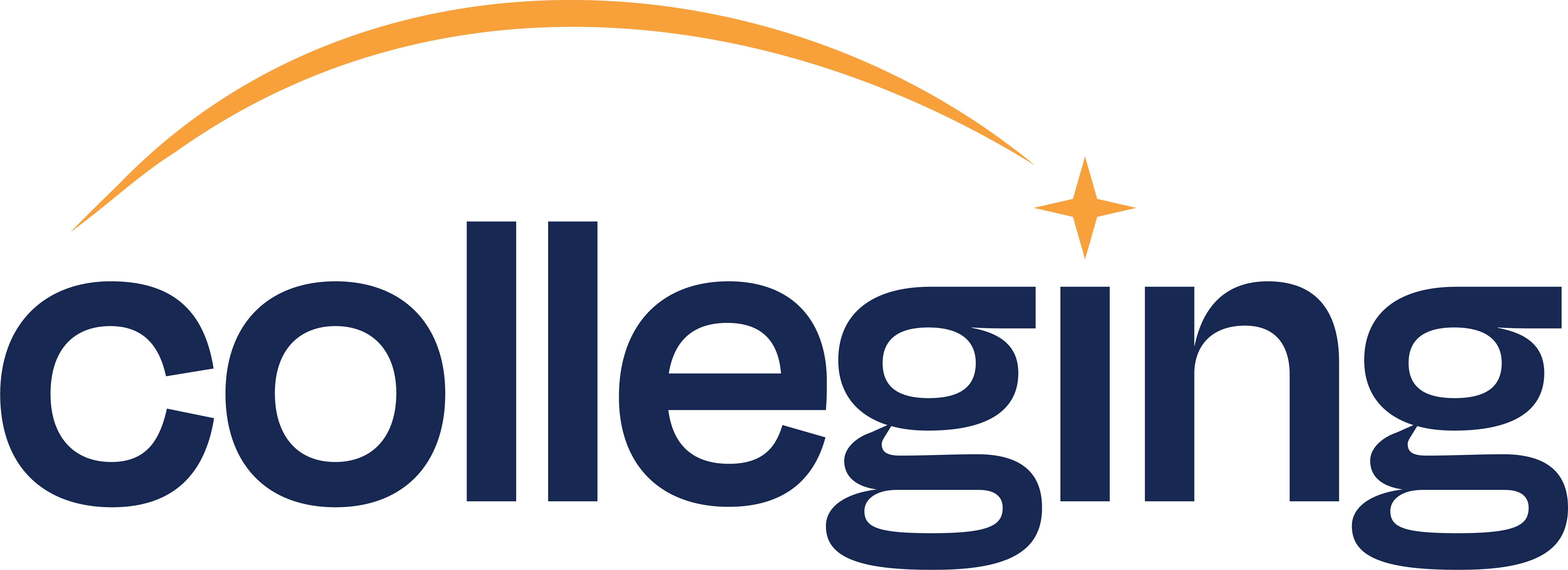
If you have a student loan, it may make sense to rewrite the loan. Rewriting a student loan means remaking the loan just like refinancing a mortgage on a home. In both cases, the borrower replaces the existing loan with a new one that has more favorable terms, a lower interest rate, or both.
Student loan borrowers, however, have an option not available to mortgage borrowers: they may "consolidate" their loan with the federal government or "refinance" the loan with a private lender.
This article explains the important differences between consolidating and refinancing student loans.
Step 1: Understand the Terms "Consolidation" and "Refinancing"
The terms "consolidation" and "refinancing" are basically the same. No matter how you say it, existing education loans are repaid with the proceeds of a new loan that has a new interest rate and loan repayment term.
What is the difference between a consolidated and refinanced student loan?
- Only loans made under the federal student loan program are eligible for the federal consolidation program. As discussed below, federal loans may also be refinanced with a private lender.
- Private student loans may be refinanced by a private lender but are not eligible to be consolidated under the federal consolidation program.
To avoid confusing borrowers, private lenders no longer refer to combining outstanding education loans as a "consolidation." Private lenders may be banks, credit unions, finance companies, state-based agencies - basically everyone else except the government. Private lenders offer "refi" loans (short for refinancing). The federal government offers "consolidation" loans.
Step 2: Understand the Pros and Cons of Each Program
Each program has its own benefits. Borrowers with federal student loans may have an opportunity to either consolidate or refinance their loans. Choosing an option that best fits your needs can help reduce the stress of student debt.
Benefits of Consolidating with the Federal Government
Graduates with multiple loans may consolidate their federal student loans into one new federal consolidation loan. The old loans are repaid, and the borrower now has a new loan with one interest rate, one set of terms and conditions, and one student loan servicer.
Federal Direct Consolidation Loans offer:
- Guaranteed approval in nearly all cases.
- A new fixed interest rate equal to the weighted average interest rate of the loans being consolidated rounded up to the nearest 1/8 of 1% (0.125%).
- Lower monthly payments by extending the repayment period up to 30 years.
- Income-based repayment plans may reduce monthly payments but increase the number of payments.
- Potential eligibility for Public Service Loan Forgiveness (PSLF) and/or certain income-driven repayment options.
The flexible income-driven repayment schedules and potential for PSLF and other federal benefits including deferment and forbearance are very favorable. These borrower-friendly terms are not offered by private lenders in their refi programs. Borrowers should carefully consider the federal benefits when choosing between consolidating or refinancing.
Other considerations:
- Once federal loans are consolidated, they cannot be consolidated again, unless a new federal Direct Loan is taken after the initial consolidation.
- Private credit loans cannot be included in federal loan consolidation.
- The United States Department of Education is the consolidation lender and uses non-government servicers to make and collect the loan.
Cons of Consolidating with the Federal Government:
- The interest rate on the new loan will not be less than the old loans - and might be slightly higher because the interest rate is rounded up.
- The total cost of the consolidation loan is likely to be greater than the total of the loans to be consolidated. Extending the payment period reduces the monthly payment but will result in paying more total interest.
- Some borrowers may lose specific benefits associated with the old loans such as interest rate discounts, cancellation benefits, and/or principal rebates.
- Payments that were counting toward the required 120 payments for Public Service Loan Forgiveness (PSLF) on the old loan may not be included in the required 120 payments for a PSLF on the new consolidation loan. The 120-payment clock may restart for the new loan.
TIP 1: Don't pay for help consolidating loans; you can do it for free through the Federal Direct Loan Program.
TIP 2: Be sure to continue making payments on the loans you plan to consolidate.
Refinancing with a Private Lender
The federal government makes a new loan under the same terms and conditions to almost anyone who applies. Private lenders may choose not to make a loan or may offer interest rates and terms that are different for each applicant based on their credit profile. Those with better credit profiles are judged to be less risky and are offered lower interest rates.
As they do with home and car loans, each lender establishes its own lending criteria, terms, and conditions for its student loan refinancing programs. Generally, private student loan refis:
- Are credit tested. Some borrowers will be rejected because they do not meet the lender's requirements.
- Offer pricing (interest rates) based on a borrower's credit score. Borrowers with good credit are offered lower interest rates.
- Allow borrowers to make choices about their loans:
- Choose either a fixed or variable interest rate.
- Select a repayment term, sometimes as short as five years, that best fits the borrower's needs.
- Permit the refinancing of both federal and private loans into one new refinanced loan - wiping out the terms and conditions of the old loans.
The Pros and Cons of Refinancing with a Private Lender
For student loan borrowers who have a track record of good credit, the option to refinance student loans with a private lender may result in a lower-cost loan.
They may:
- Be offered an interest rate that is less, perhaps substantially, than the federal consolidation loan interest rate.
- Choose a shorter payment period that results in a lower-cost loan.
The significant downside of private loan refinancing is the loss of the substantial benefits of federal loans, such as income-based repayment and loan forgiveness options. For borrowers with high credit scores and the capacity to forgo the federal benefits, the private refinancing market could be a good option. They are trading the federal benefits for a lower interest rate thereby reducing the cost of their loan and increasing their return on investment in their education.
A Final Thought
Student loan borrowers have options to either consolidate or refinance their loans. You have an opportunity to weigh the pros and cons of each program to select the one which best fits your financial situation and goals.
